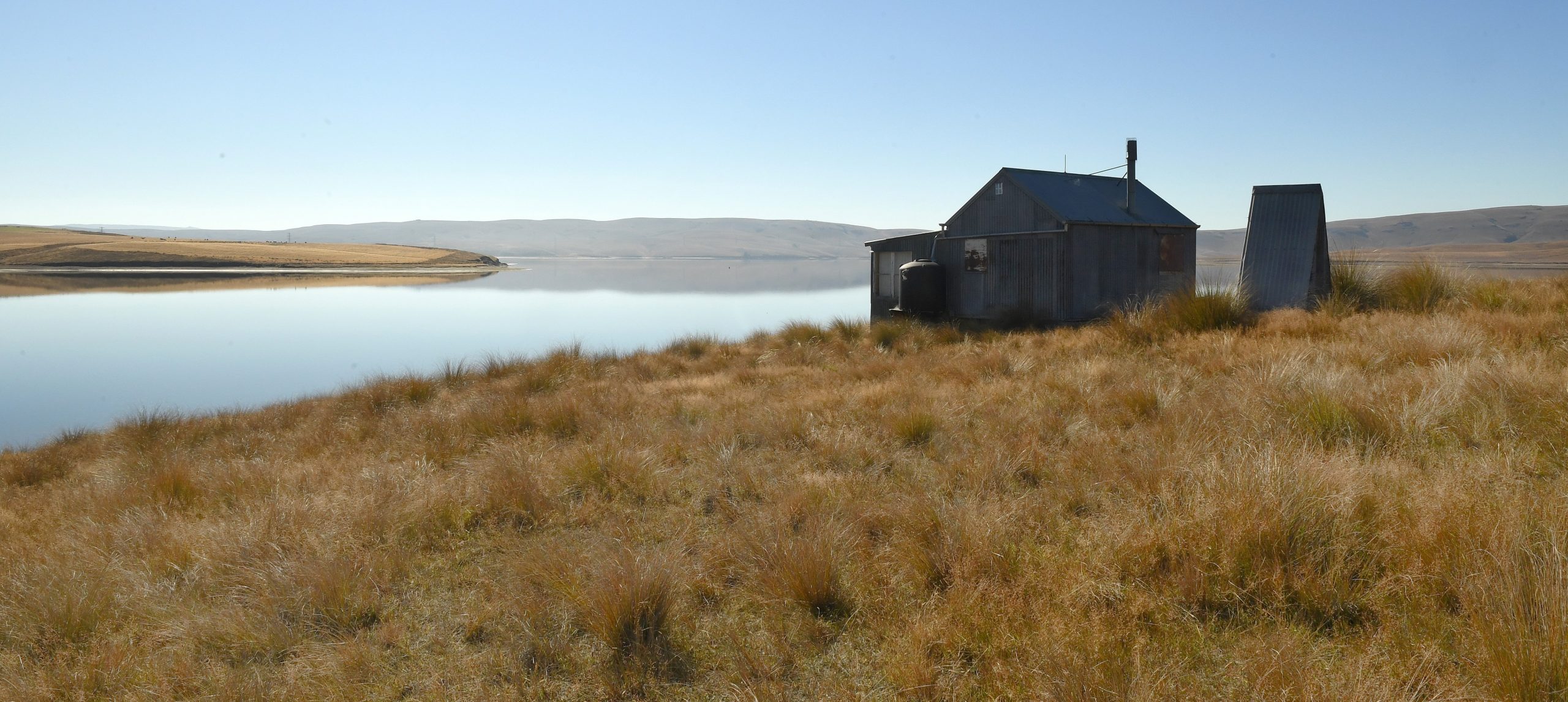It looked like a return of the Muldoon era — a multi-billion dollar project reminiscent of the ‘‘dam days’’ and ‘‘Think Big’’ infrastructure projects that changed the face of Central Otago.
However, with National now in power, the proposed Lake Onslow pumped hydro scheme is done.
Lake Onslow was touted as the answer to the country’s dry year electricity woes, a shining light in the Labour government’s $100 million NZ Battery Project designed to explore solutions for the issue.
Currently, when hydroelectricity lakes run low during dry years, coal is burned at Huntly Power Station to make up the electricity shortfall.
Potentially turning the manmade Lake Onslow into a much larger lake and pumping water up into it, to be released as required for electricity production, could solve the issue, and was a major part of the NZ Battery Project’s focus.
Technical investigations and fieldwork were undertaken in the Teviot Valley, early indications revealing Lake Onslow met six ‘‘critical requirements’’ necessary for a large-scale pumped hydro scheme — but it came with a trade-off against environmental, social and cultural values.
Other options were also explored.
Desktop investigations examining hydrogen, biomass and geothermal technologies were conducted, but hydrogen and a pumped hydro storage in the North Island were later ruled out.
In July, Cabinet agreed to move to phase 2 of the project, a detailed business case for both pumped hydro at Lake Onslow and a portfolio option consisting of a geothermal plant, biomass and interruptible hydrogen electrolysis and storage as green ammonia.
While some in the community were hopeful the Lake Onslow pumped hydro scheme would rejuvenate the area, questions remained about its viability, the escalating costs — from $4 billion to $16b — and whether it would achieve its objectives.
Prior to the election, National pledged to axe the Lake Onslow project if it came in to power after election — and intended to keep that promise, Southland MP Joseph Mooney told The News.
Instead, National planned to fast-track investment in the new renewable energy sector.
‘‘Our commitment is in the first 100 days we’re going stop work on the Lake Onslow scheme,’’ he said.
‘‘We want to cut red tape and drive investment and renewable generation, which will include solar, wind and geothermal in particular.’’
According to its Electrify NZ policy, National opposed the Lake Onslow option because ‘‘it puts New Zealand’s climate change targets at risk by making electricity much more expensive, which threatens to slow electrification or stop it completely’’.
Specialist advice to the Electricity Authority earlier this year showed the dry-year problem could be solved with further investment in renewable energy.
National’s initial analysis of the project’s high costs could ‘‘stifle electrification, increase annual emissions by half a million tonnes, reduce energy security and have a chilling effect on other generation investments’’.
Mr Mooney said there was ‘‘an exciting energy future ahead’’.
As a region, the South had been a leader in electricity generation since the 19th century, he said.
‘‘So we’ve got a long, proud history in this space, developed through to the dams we have and now we’ve got the commitments to really lean into renewable energy generation and transmission, which I think would be great for our region.’’
Response to the party’s plan to follow through with stopping the project has been mixed.
Ministry of Business, Innovation and Employment (MBIE) NZ Battery programme director John Doorbar said the shape of the Onslow project would be a question for the incoming government and the MBIE was unable to comment on its future. In the Teviot Valley Community Board meeting last week, board member Russell Read said he was ‘‘very pleased’’ the scheme was being canned.
‘‘I think it’s a waste of money; $18 billion or something to build and it might never get used. In the meantime, all the water would have evaporated off from the lighting of the stove.’’
A proponent for the project, Waikato University associate professor Earl Bardsley, said he guessed from the election result it would be the end of Onslow but thought it was ‘‘too important’’ to give up on.
‘‘Right now we are extremely vulnerable. We’ve put all our eggs in the one basket because at Huntly it’s pretty vulnerable,’’ Prof Bardsley said.
The estimated $16b construction cost was only half the equation, the dollar value for long-term national benefit being the missing piece — something the detailed business case due to be reported on in mid-2024 would fill in.
Until then a proper judgement on the long-term worth of the Onslow project could not be made, he said.
‘‘Hopefully, at least that part of the project could continue to conclusion — it’s not a huge expense in the scheme of things.’’
Prof Bardsley said he believed the next dry year would result in Onslow returning to the table.
‘‘I don’t think it’s a dead duck — I think we’re waiting for the next dry [year] and we’ll get into a situation where people have to give it serious consideration.
‘‘It might also be forced by a wake-up in the next dry winter when either the lights go out or we burn another million tons of coal at Huntly. That is, if Huntly is still functional then. If the present 400MW outage at Huntly had happened in the dry time in 2021, the lights most probably would have gone out in some places.’’





